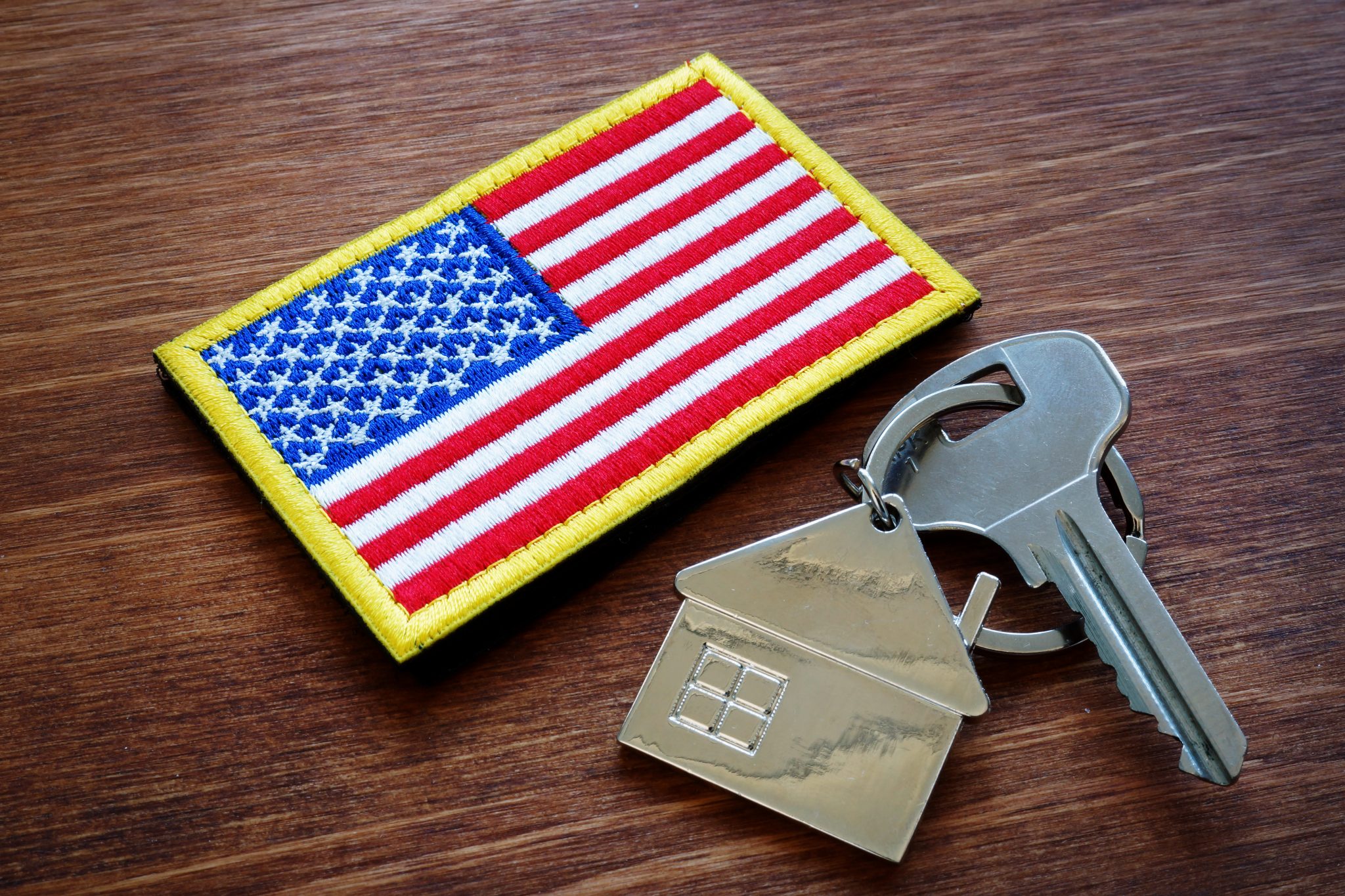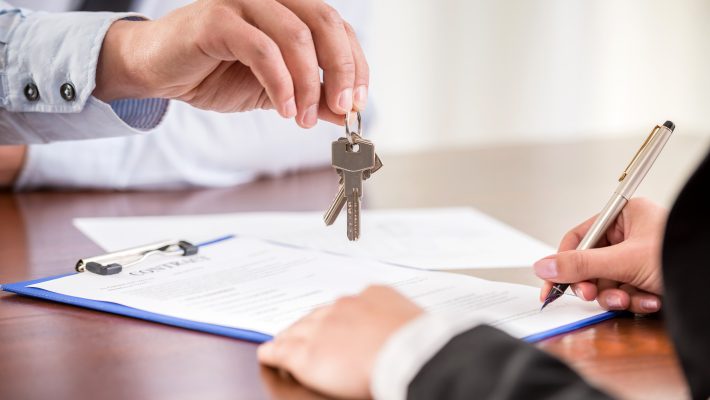As a veteran, you know that your military service can help open doors for you — but do you know that it can help open the door to your very own home?
Backed by the U.S. Department of Veterans Affairs, VA home loans help active-duty service members, veterans and the eligible surviving spouses of deceased veterans become homeowners. In a hot housing market, buyers need every advantage they can get, and VA loans come with some unique benefits.
Conventional Fixed-Rate Mortgages
The VA home loan program started in 1944 to help soldiers coming back from World War II reintegrate into the civilian world. The government basically agreed to guarantee the loans if the service member or veteran defaulted. This minimized risk for the banks, which meant they could offer eligible VA borrowers the most favorable terms on any given loan.
Since then, millions of eligible servicemembers and veterans have taken advantage of this program to buy or refinance their homes — and the numbers keep climbing.
According to Forbes, there were more VA-backed loans in 2020 alone than in the two previous years combined. The number of new homebuyers using VA loans jumped 11.4% over 2019, while applications for refinancing soared 241% over the previous year.
Why Is the VA Home Loan Program Bigger Than Ever?
Part of the reason there’s been such an incredible jump in new VA loans is the fact that interest rates on mortgages hit rock bottom — which generally encourages homebuyers to bite. Part of the reason has to do with the Blue Water Navy Veterans Act of 2019.
The Blue Water Navy Veterans Act went into effect on Jan. 1, 2020, and it basically eliminated loan limits for almost all VA borrowers. Prior to that point, most borrowers going through the VA were subject to a maximum loan of $484,350, although some counties in pricier areas were higher.
Typically, buyers who borrow from the VA to get a home don’t have to put together a down payment. If their home’s purchase price exceeded the VA limit, however, they would have to put down 25% of the difference between their loan limit and the home’s price. That shut VA borrowers out of many higher-end markets.
It may give you no surprise that Millennials and Zoomers currently make up 52% of all VA loans for first-time buyers. Not only are they in the age range where people typically start to look for a home and raise a family, but many folks in these generations have also found their military service extraordinarily helpful when it comes to their homeownership goals.
Unlike many of their contemporaries, Millennial and Gen Z military personnel and veterans typically don’t carry a lot of school loan debt, which means they have more disposable income — and that always makes homeownership easier. The VA home loan program also makes it possible for them to buy a home without a down payment, which is an advantage few others have.
What Are the Benefits of a VA Home Loan?
As we’ve mentioned, there are a lot of benefits to the VA home loan, not the least of which is the potential for a $0 down payment. In addition, VA buyers enjoy:
- Competitive interest rates that can be better than what banks can offer non-military buyers (Back in May, the average 30-year fixed-rate loan for a VA buyer was much lower than that for a conventional loan.
- Regular home buyers typically have to put down 20% of their home’s purchase price to avoid paint “points” or private mortgage insurance. That’s an additional expense that veterans get to skip, which ultimately keeps their monthly mortgage payments down.
- There’s no penalty for early payoff, and the refinancing program (should you decide to go that route down the line) is designed to be super easy.
VA buyers do have to pay some closing costs, however not all that a typical buyer would have to pay. They also must pay a funding fee. The funding fee is a small percentage of the loan amount you’re taking, which serves as a way to reduce taxpayer risk since the VA is backing you. The funding fee is financed onto the loan so the Veteran does not need to pay it out of pocket. In addition, the Veteran is exempt from the funding fee if they are receiving a certain percentage of VA disability benefits.
However, one hard-to-quantify benefit of a VA home loan is the fact that the VA generally wants you to succeed in your homeownership goals. If you run into financial troubles in the future, you may have more opportunities to get back on your feet than the non-military buyer.
Where Do You Get Started on a VA Home Loan?
The process is fairly similar to what non-veterans do, with one or two additional steps. Mainly, you need to:
- Go over your finances and decide what you can afford to spend. When you consider your bills, don’t forget to think ahead and try to anticipate the way that your bills will change after you own a home.
- Apply for a Certificate of Eligibility for a VA-backed loan. This is the proof you need to take to a lender when you go to a lender for pre-approval. It shows that you’re qualified for VA backing. Most VA lenders can pull the certificate of eligibility for the Veteran.
- Find a realtor: Working with a realtor who is local to the area where you plan to buy can help you find the best neighborhood fit for your family.
- Find your home: This is the hard part — especially in a “hot” market. Take your time, be patient and be smart, because this is one of the biggest decisions of your life.
When you first start thinking about buying a home, it can all seem overwhelming. Fortunately, your home-buying dreams can become a reality easier than you think — especially when you’re a veteran.







